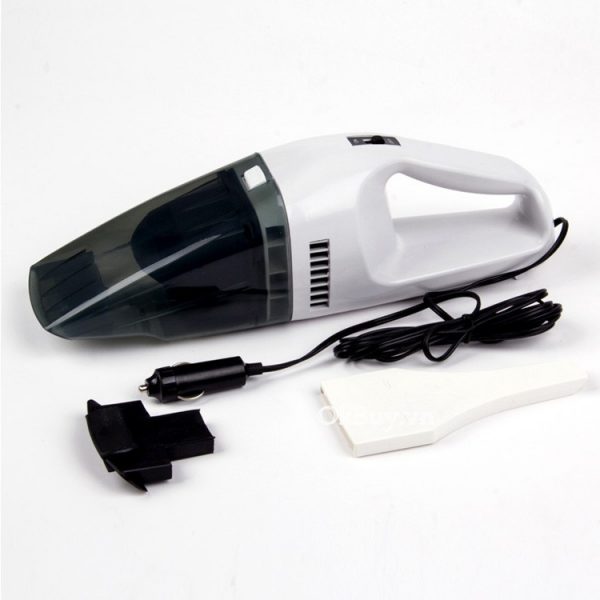Executives at the Vacuum Cleaner Manufacturers Association looked at a series of topics at the group’s annual meeting here, and again indoor air quality seemed to be uppermost in
their minds. Clean air isn’t as important as clean floors in this industry, but it’s a subject with staying power these days. As such, VCMA created a standing committee last year to
facilitate aconsensus on these issues. Other topics touched on at the policy gathering included relations with other associations and government agencies, membership recruitment and
evaluation of the VCMA’s new administrative company.
“The annual meeting is less about real issues than other meetings during the year,” said Bud Kirkpatrick, the H-P Products president who is midway through his two-year term as
VCMA’s president. “We really don’t get into many issues.”

Probably the most important is indoor air quality, he added. Vacuuming contributes in two ways: picking up materials that could become airborne, and retaining particles during vacuuming and emptying of dust containers. Best Upright Vacuum for Carpet….
Company by company, manufacturers are working to improve their products. Nevertheless, the industry has been criticized for not being further advanced.
“There’s substantial misinformation in the press,” said Kirkpatrick. “We’d like to stop them, but [realistically] that isn’t going to happen.”
Dave Gault, Hoover’s vice president of business planning and VCMA’s head of the standing committee, called the subject “a dynamic issue. This month could be pet dander; next month could be mold,” he said. It’s necessary to “look at the vested interests of those who are making it an issue.”
“The more dirt you get out of carpets, the less that’s left to affect health,” Gault said. “We’ve improved products and filtration performance.” Now the effort is to explain that via press releases and Web sites.
A related issue is the reluctance of leading vac manufacturers to participate in the Carpet and Rug Institute’s program to put green tags on machines that meet cleaning criteria. The CRI certification is an issue between that association and individual vac makers, noted Gault.
Communications are ongoing between CRI and VCMA, and a better understanding has developed, he said. “I believe CRI’s interests to a great degree are in alignment with our products, [and] we’ve a real stake in the carpet industry doing well.”
The other VCMA committee created last year is reviewing the association’s package of industry statistics for members and the outside world. This group hit the brakes when Eureka’s Bruce Gold, its chairman, retired this summer. The intention is to resume committee activities shortly, said Kirkpatrick.
Expanding VCMA’s membership from its present companies (some with more than one division) is another priority. Two notable departures in the past year were Fantom, to bankruptcy, and Bissell. There are smaller suppliers and new entries that could increase the rolls.

Both sides agreed that Bissell quietly resigned early this year over the value equation: A general sense the company felt it wasn’t getting sufficient return for its membership. “We’ve kept the door open; we continue to communicate,” said Kirkpatrick. Perhaps most important is Bissell’s concurrence on issues so VCMA can continue to speak on behalf of the industry.
Daily management of the association’s affairs passed at the beginning of this year to a company that performs these functions for several organizations. Kirkpatrick said the work of Thomas Associates is “going very well.”
Relations with other organizations remain essentially unchanged, he said. In spring 2001, a VCMA contingent including Kirkpatrick attended the Association of Home Appliance Manufacturers’ Annual Member Meeting. The two groups have communicated and cooperated for a long time, but no formal tie has been formed.
Much of the vac association’s work is low-key and nearly invisible. As an example, Kirkpatrick cited some action plans to promote central systems and their benefits.